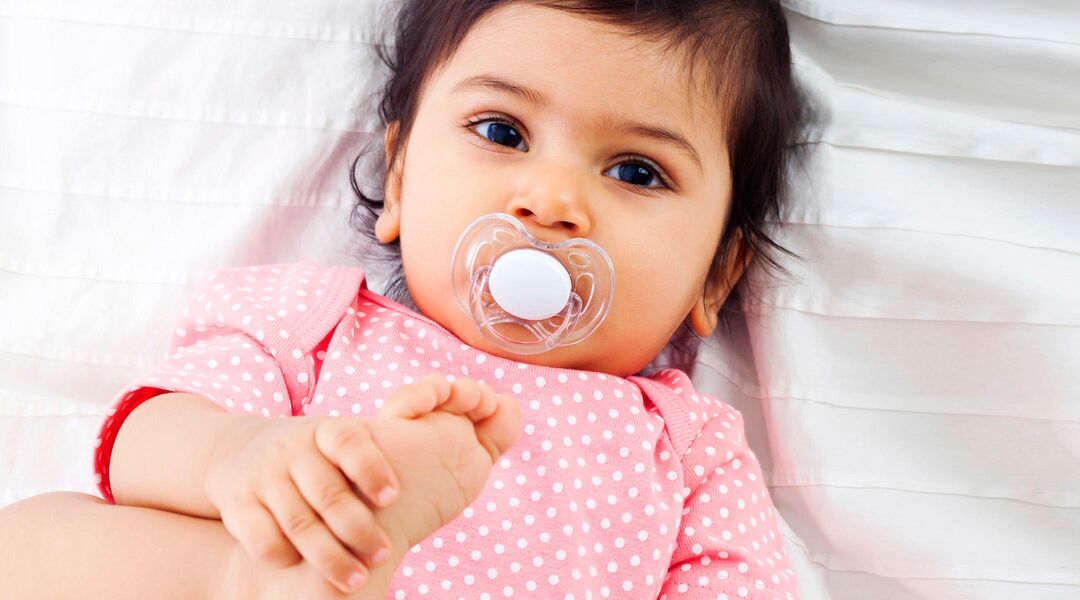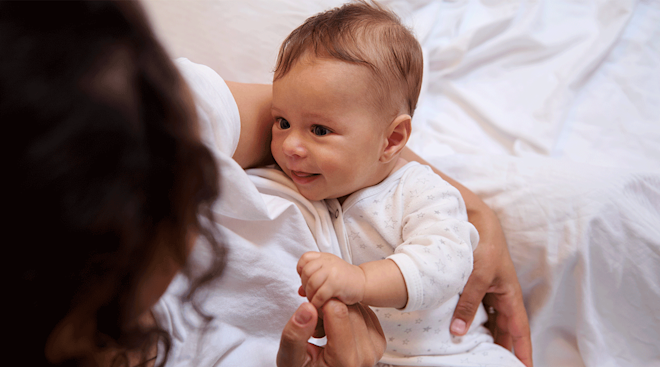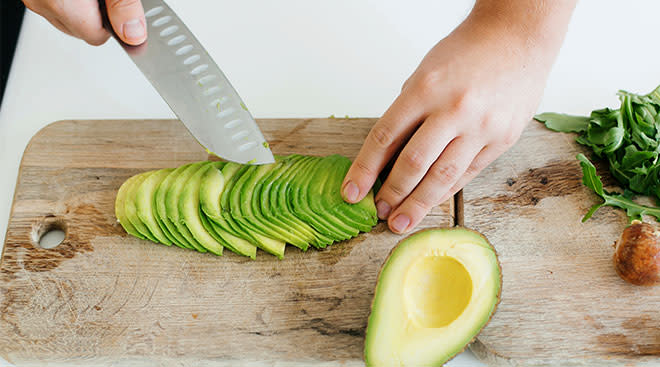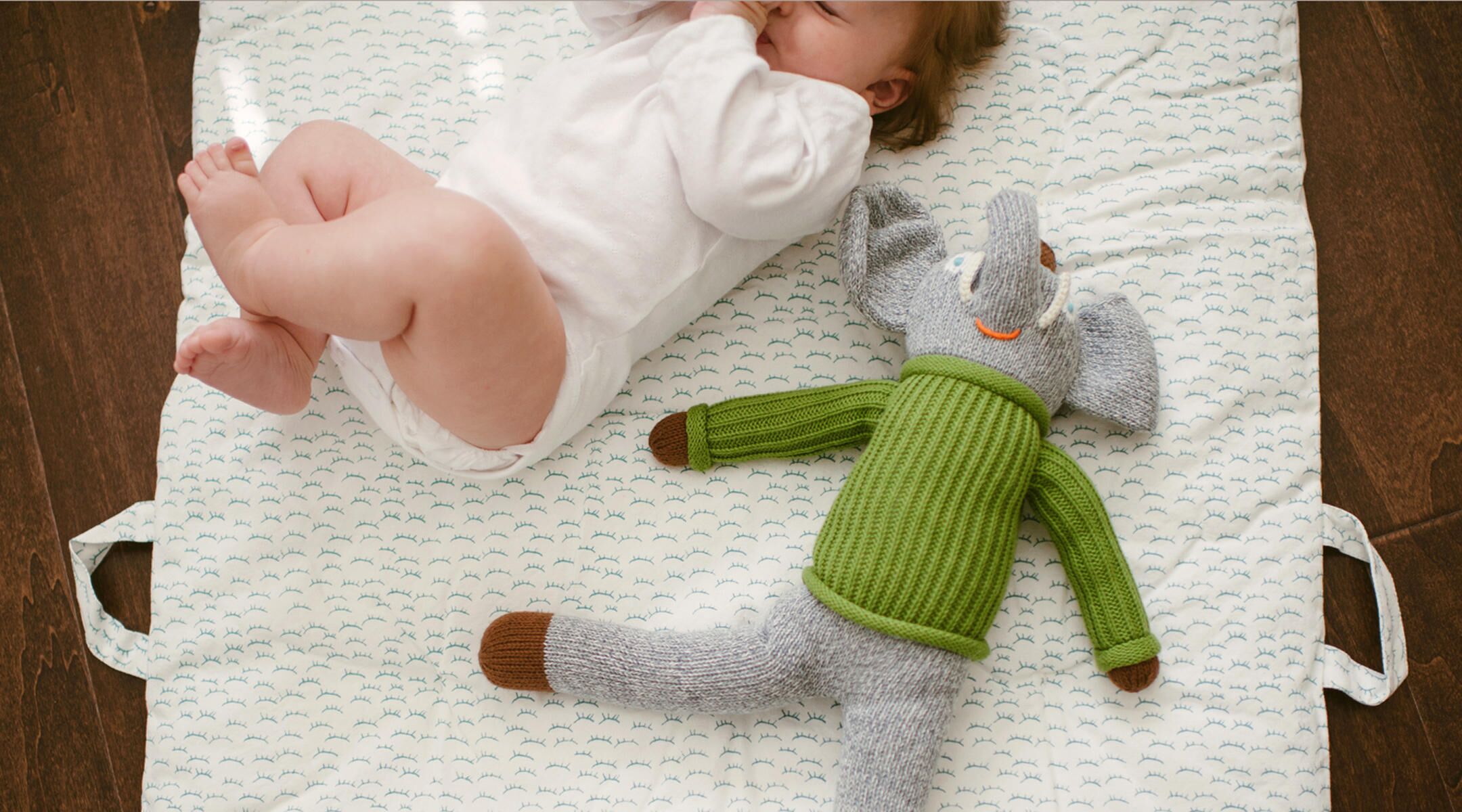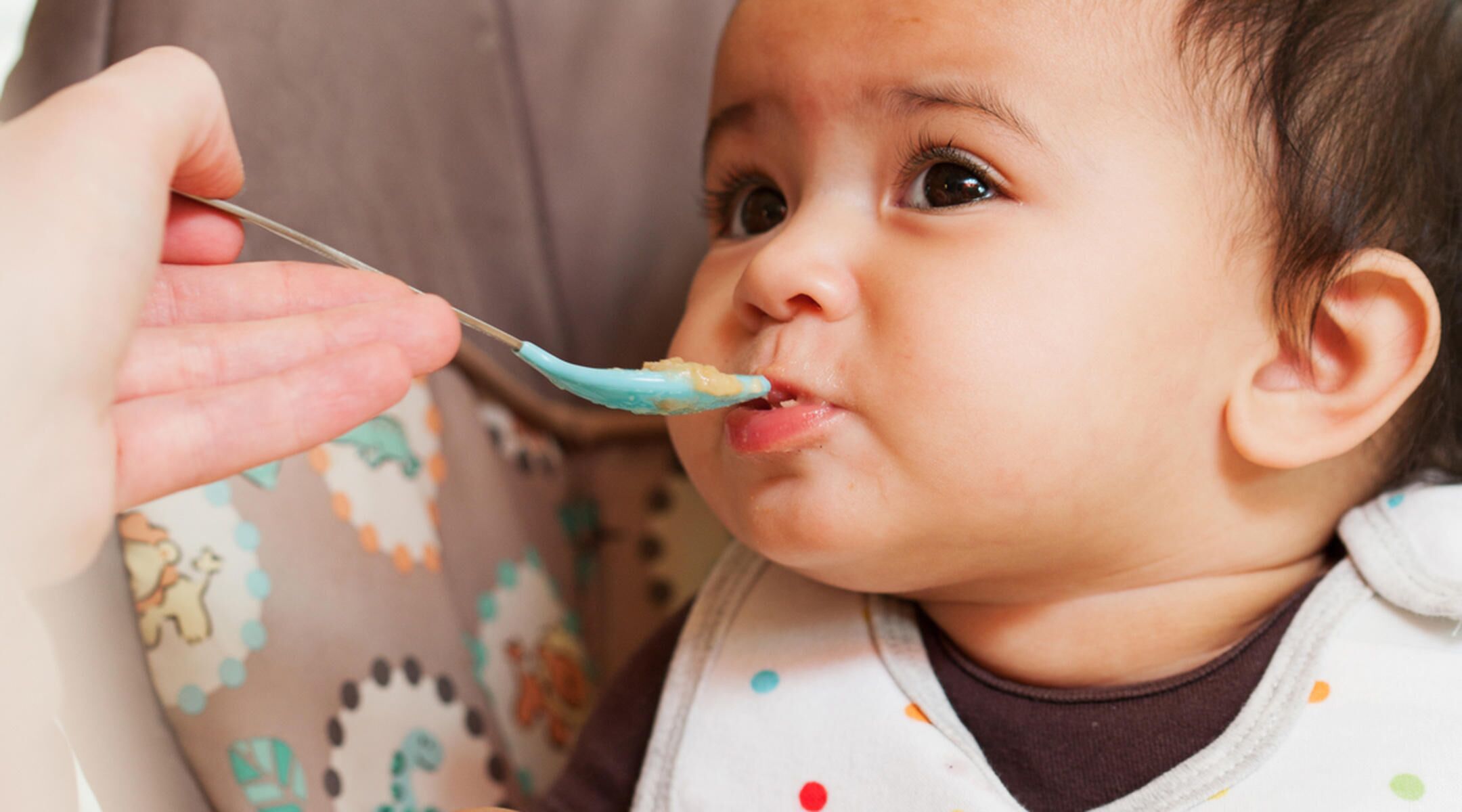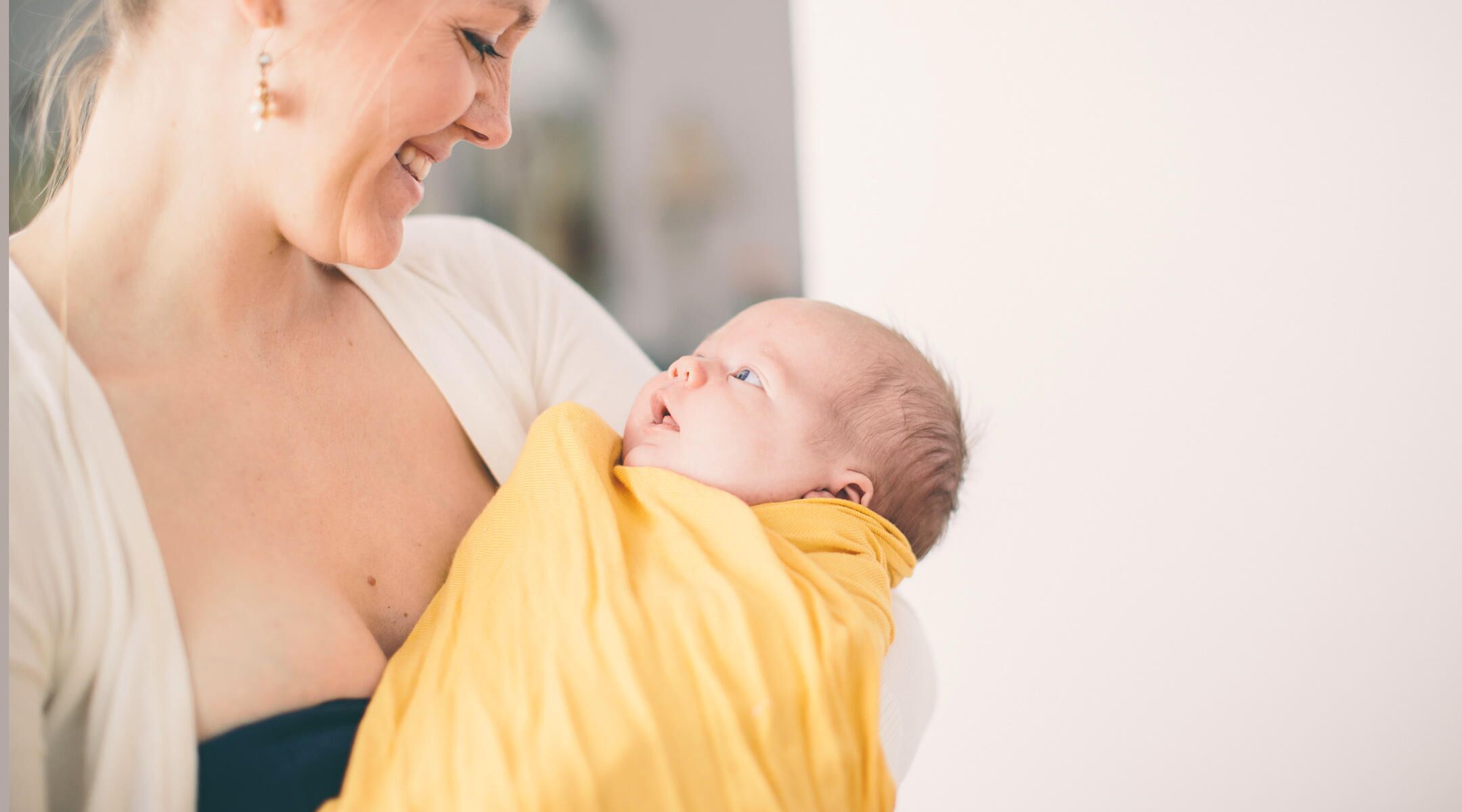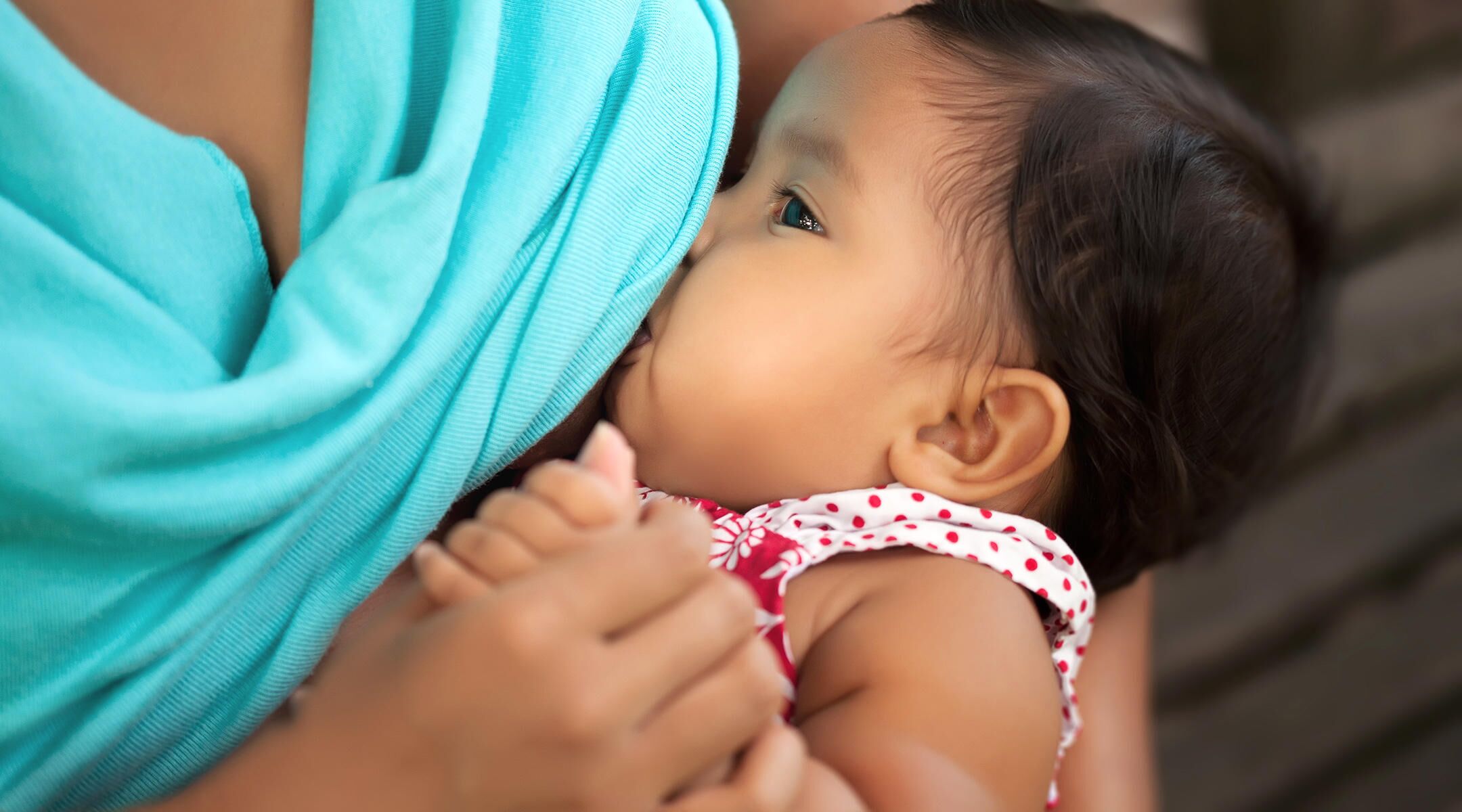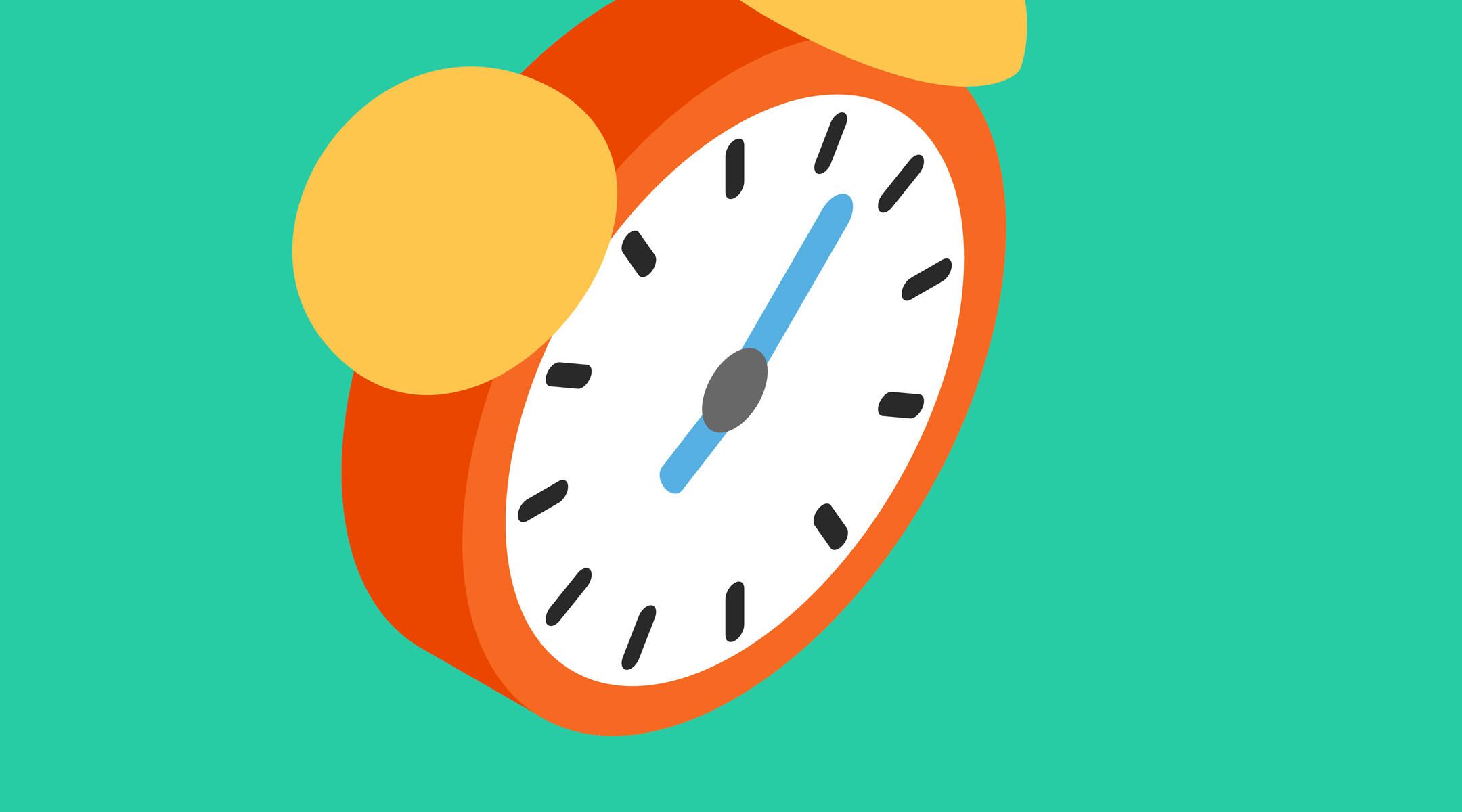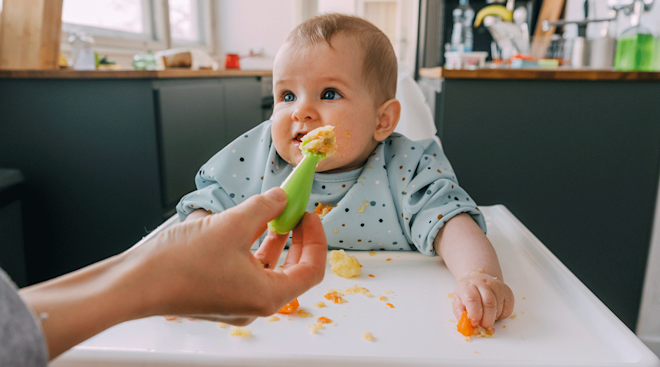Bye-bye, Binky! How and When to Take Away the Pacifier
Some habits are hard to quit—and the pacifier (or binky or whatever your pet name is for it) is definitely one of the hardest for babies. Sure, it provides an endless source of comfort for your little one, but at a certain point he’s gotta learn to live without it. As with any breakup, there will be tears—baby will be missing his binky, you’ll be missing a good night’s sleep—but the good news is, you can both get through this! Follow these trusted tips for tackling pacifier weaning head-on.
According to the American Academy of Pediatrics, when your child is a year old, it may be time to speak with your pediatrician about starting to wean baby from the pacifier. Preeti Parikh, MD, a pediatrician with Pediatrics of New York and an assistant clinical professor in the pediatrics department at the Icahn School of Medicine at Mount Sinai, says after age one, sucking is no longer an important source of soothing. While many toddlers continue using a pacifier for a couple of years beyond that, the AAP says sucking on a pacifier past age 2 to 4 can affect the shape of baby’s mouth and how her teeth align as they come in.
Most kids will stop using pacifiers on their own between the ages of 2 and 4—but others may need some help learning to let go of that little bit of security and soothing. And if your child happens to fall into that camp, don’t wait around for signs she’s ready to give up the paci. “They [may] never show signs!” says Natasha Burgert, MD, a pediatrician with KCKidsDoc in Kansas City, Missouri. “This is most often a parenting choice.”
Kicking the pacifier habit can be a bit of a challenge, and there’s definitely no one-size-fits-all approach that works for every toddler. That said, there are a few pacifier weaning techniques you’ll want to try:
• Go cold turkey. Burgert recommends ditching the pacifiers in one fell swoop. “Toddlers have simple minds,” she says. “Either things exist or they don’t. So at the end of the pacifier weaning process, the paci moves from ‘present’ to ‘absent.’ You may as well just make that transition swiftly rather than lengthening it out.”
• Set some parameters. Not bold enough to break it off all at once? Start limiting the times and places where baby can use a pacifier—such as only in bed or only if he’s teething.
• Try positive reinforcement. The American Dental Association recommends praising baby when she avoids thumb-sucking or using the pacifier; this helps encourage the behavior you want to see.
• Trade it for something desirable. Bribery can often be an effective tool for pacifier weaning. Tell your toddler she can trade it in to “pay” for something enticing—like a new toy or a favorite treat.
• Don’t cave. Got a stubborn sucker? Once you’ve said you’re getting rid of the pacifier, don’t give in to your toddlers’ demands. “Be quick. Confident. Convicted,” Burgert says. “Regardless of how attached a kid may be, you’ll have three bad nights. That’s it.”
It’s a small price to pay for saying bye-bye to binky for good.
Updated November 2017
Plus more from The Bump, What You Need To Know About Growth Spurts:
Please note: The Bump and the materials and information it contains are not intended to, and do not constitute, medical or other health advice or diagnosis and should not be used as such. You should always consult with a qualified physician or health professional about your specific circumstances.
Navigate forward to interact with the calendar and select a date. Press the question mark key to get the keyboard shortcuts for changing dates.
































